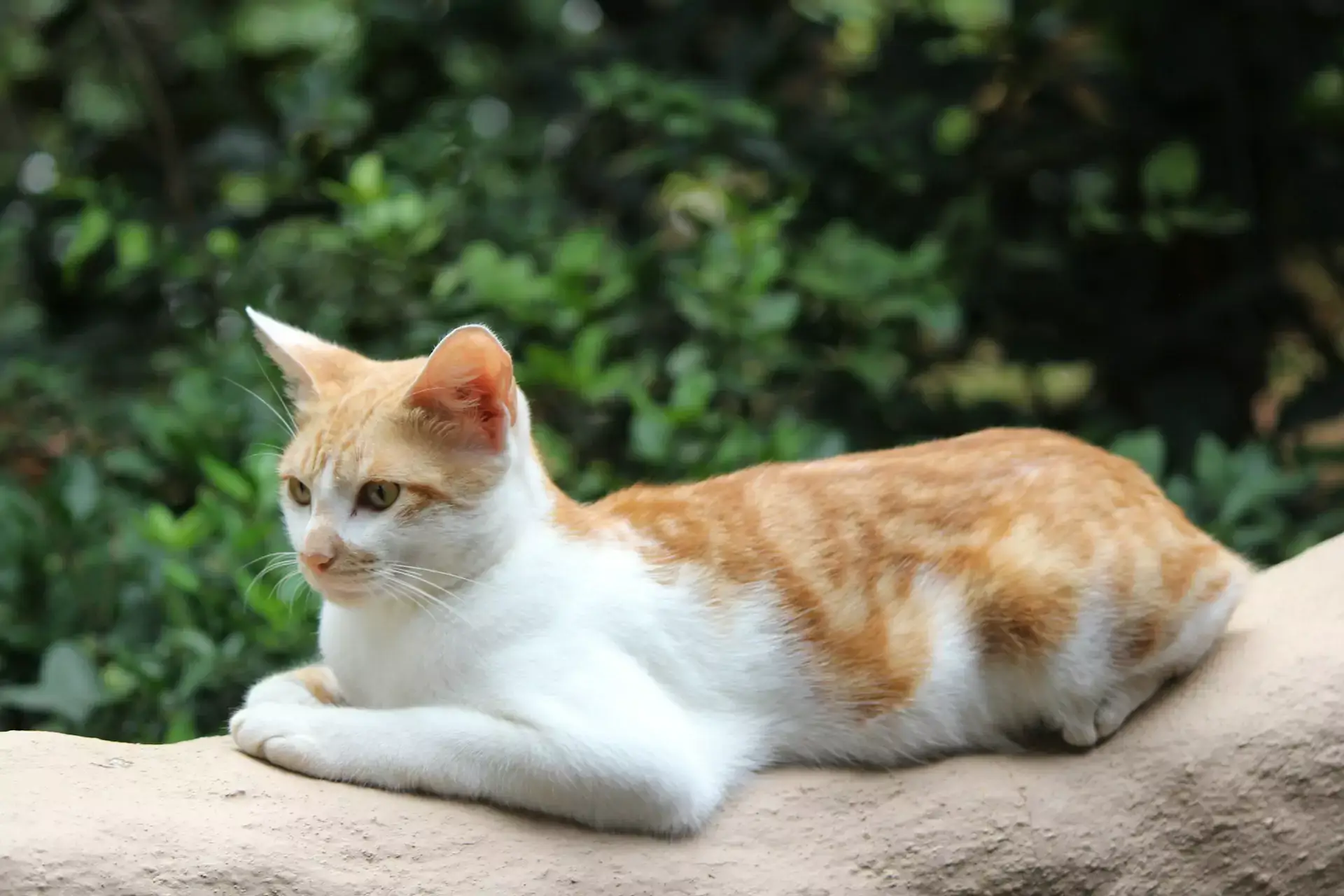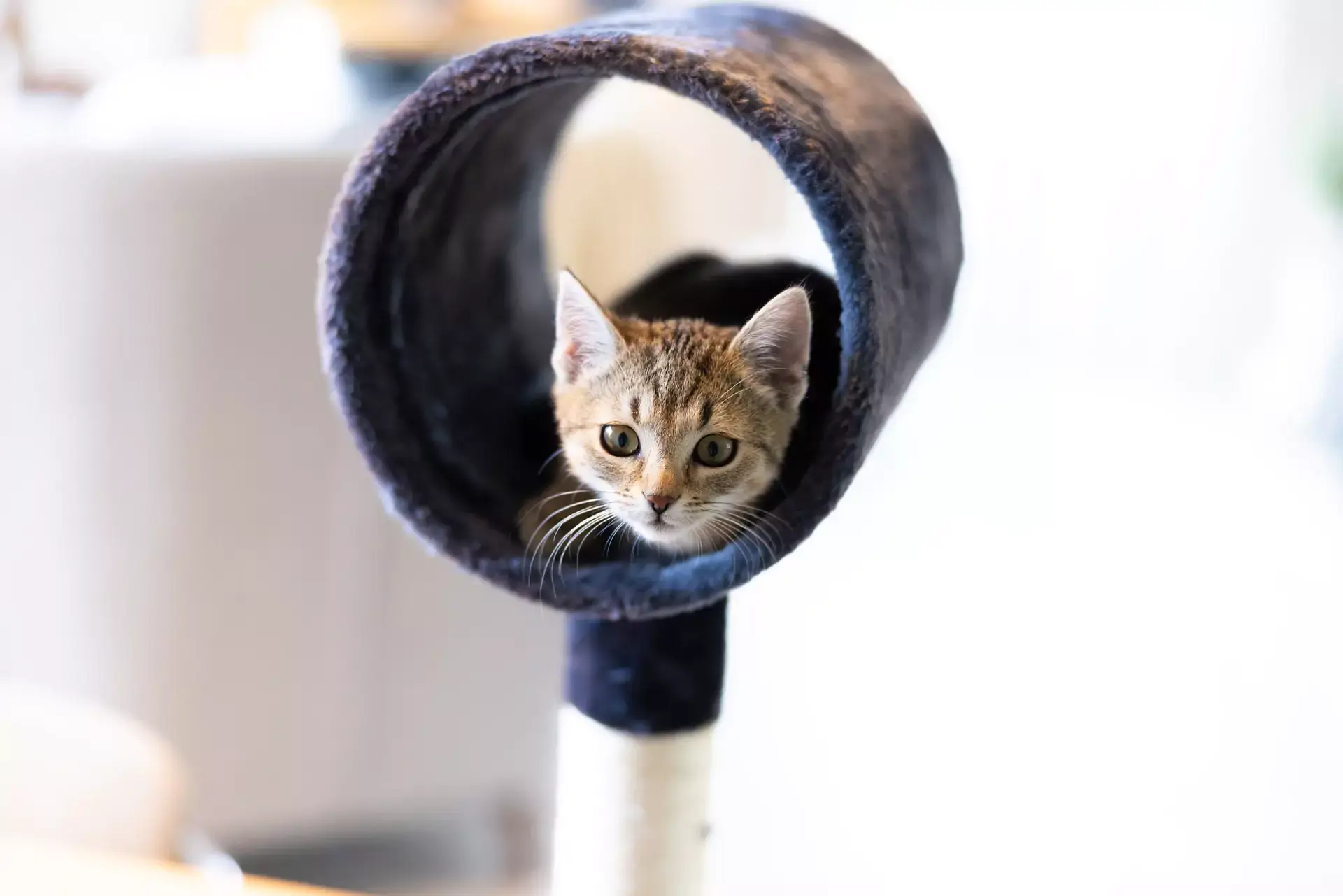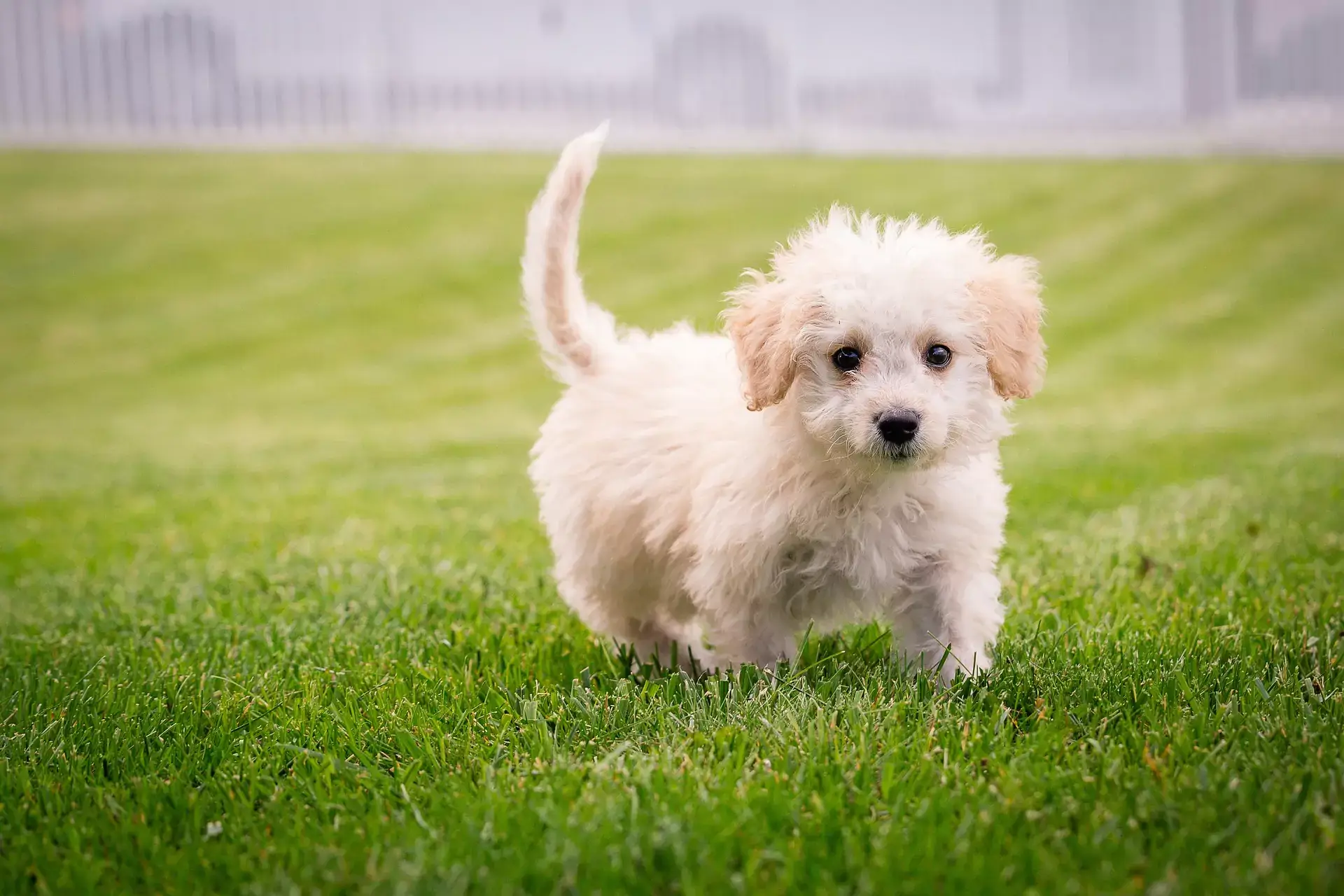Assisting Your Pet’s Healing Process After Spay/Neuter Surgery
Springtime has arrived! This period heralds the birth season for numerous animals. In the veterinary realm, attention often shifts to spaying and neutering during February and March to curb the surge of newborn kittens and puppies typical of spring. Beyond merely preventing unplanned offspring, spaying or neutering your pet addresses various behavioral concerns. Following the procedure, Fido and Fluffy tend to exhibit enhanced calmness and improved manners. Though routine, it’s crucial to provide your pet with additional care during recovery. Explore as a Louisville, KY veterinarian addresses common questions and provides advice for facilitating your animal friend’s swift and smooth healing process.
Should I Allow My Pet to Run or Jump After Surgery?
During the crucial recovery period, it’s incredibly important to restrict your pet’s movements, particularly in the initial days post-surgery. For the first 3-5 days, confinement to a restricted space is strongly recommended. Utilize a dog crate or puppy pen to ensure both Fido and Fluffy remain contained and secure.
Initially, your pet will likely spend much of their time sleeping as their body heals. After a few days, they may gradually show signs of increased energy. Complete recovery will require at least 10 to 14 days. It’s crucial to prevent your pet from engaging in strenuous activities like running, jumping, or vigorous play during this period. While Fido will still need walks, ensure they are short and on a leash to prevent excessive exertion. Remember, there will be ample time for play and exploration once they have fully recuperated.
How Can I Help My Pet’s Spay/Neuter Recovery Go Smoothly?
On discharge, your veterinarian will provide tailored instructions covering medication administration and dietary recommendations for your pet’s homecoming. These instructions may differ slightly based on individual needs. Nevertheless, we’re here to supplement their advice with additional helpful tips!
Below are some recommendations from us:
Don’t Forget to Ask Any Questions Before You Head Home
Bringing your furry companion for a procedure can be overwhelming, even if it’s a routine one. Consider jotting down any questions or concerns you have beforehand or leaving a voice reminder. This will help ensure you don’t forget anything important when you’re at the clinic.
Stick to the Instructions
Post-visit, expect to receive after-care instructions from your clinic, usually provided on a sheet. These instructions will detail what you need to do and avoid during your pet’s recovery. Take the time to read through them carefully and ask for clarification if needed.
Instructions regarding food may require special attention. Your vet might suggest offering only a tiny meal post-surgery, or even waiting until the following day.
Safeguard Those Stitches
When Fluffy and Fido are discharged, they’re usually sent home with an Elizabethan collar, much to their dismay. While they may cast sour glances, this collar is essential for their safety. As the surgical site heals, itching is inevitable. Pets typically alleviate this by scratching or biting, risking damage to stitches. The collar serves as a preventive measure against potential harm.
You may think about obtaining an inflatable collar for your pet. They offer increased comfort and less disruption to your pet’s vision than traditional lampshade collars. Ask your Louisville, KY vet for guidance on this option.
It’s important to recognize that some pets are highly motivated to escape these collars, to the point of risking injury. If your pet refuses to tolerate the collar, reach out to the clinic for guidance.
Ensure They Have a Good Bed
Is it time to upgrade your pet’s bed? Now’s the chance! Offering Fido or Fluffy a comfortable, cozy spot to unwind during their recovery will be much appreciated. Adding soft blankets is a nice touch, but make sure they won’t shed fibers that could irritate your pet’s stitches.
Ensure your pet’s space is comfy. Background music can help create a calming atmosphere, but you could also turn on dog or cat TV to keep them entertained.
Ensure Other Pets Stay Away
During your furry friend’s healing process, it’s wise to keep them in a separate area if you have multiple pets. Despite being best buddies who enjoy cuddling, prioritizing healing over potential complications is crucial.
Supervise Exercise Levels
Fido and Fluffy love to play and are quite active. However, it’s essential not to promote vigorous running or play until they’ve fully recovered and received the vet’s approval. If Fluffy has a cat tree or climbing structures, it’s best to put them away until she’s fully cleared.
Keep an Eye on the Incision Area
Remember to regularly monitor your pet’s stitches or incision. Keep a close watch for any signs of trouble and promptly notify your Louisville, KY vet if you observe anything concerning.
Here are a few things to keep an eye on:
- Bleeding
- Discoloration
- Foul Odor
- Redness
- Pus
- Swelling
Be aware of other potential warning signs, such as vomiting, diarrhea, fever, and lethargy.
Use Caution When Administering Medication
If prescribed pain meds, adhere strictly to the instructions. Refrain from administering any additional medications during the healing process unless expressly authorized by your Louisville, KY veterinarian.
Extend Love and Comfort
During the initial days, most pets sleep significantly. Allow your furry pal to focus mainly on healing. Although gentle pets and forehead kisses may provide comfort to your sweet furry friend, be cautious not to force attention, as some pets may be cranky and prefer solitude.
Delay Baths and Grooming
Grooming is crucial for your pet’s health, but it’s essential to avoid getting the incision wet or exposed to soap or dirty water during grooming or baths. Wait for your vet’s approval before resuming grooming activities. Use pet wipes or a damp cloth for spot cleaning, steering clear of the incision area. Be sure eek advice from the clinic if your pet encounters any accidental spills.
How Long Does It Take for My Pet to Recover After Surgery?
Generally, the healing process lasts around 10 days to 2 weeks. Male pets typically recover faster than females. You might observe improvements in your pet’s condition within a few days, but remember, they’re still in the healing phase. Excessive movement could lead to complications like torn stitches.
Is It Okay to Leave My Pet Alone After Spay/Neuter Surgery?
Although we recognize that many individuals cannot dedicate two weeks to constant pet care, it’s advisable to avoid leaving pets unattended for a minimum of 48 hours, with the initial 12 hours being the most crucial.
Look for the silver lining: it’s a perfect opportunity for a mini-staycation. Use the time to catch up on your favorite show or tackle that organization project you’ve been postponing.
Is It Safe to Walk My Dog After Spay/Neuter Surgery?
Fido will require outdoor potty breaks; there’s no way around it. Keep these outings short and concise. Ensure he refrains from excessive running and avoids interactions with other dogs.
Can Cats Utilize a Litter Box After Being Spayed?
Fluffy will indeed need to use the litter box, so ensure it’s clean. Even if you don’t scoop daily, it’s advisable to do so during the recovery period.
Consider replacing a high-sided litterbox with one having lower walls to make it easier to climb in and out of. These are often available at pet stores for a reasonable price.
Need to schedule spay/neuter surgery for your pet? Questions about the recovery process? Contact us today at All Pets Veterinary Center in Louisville, KY!



